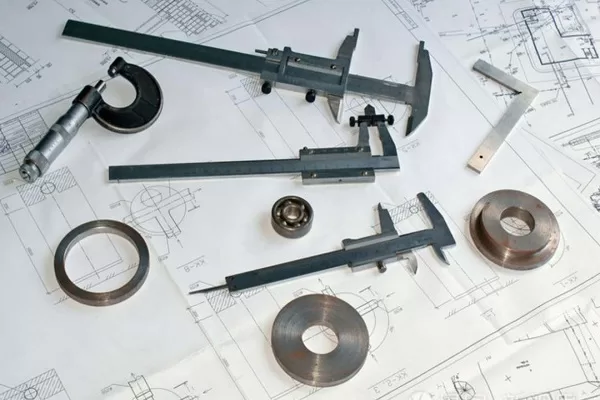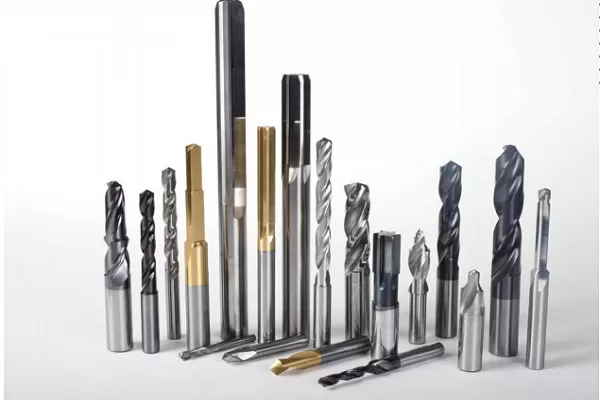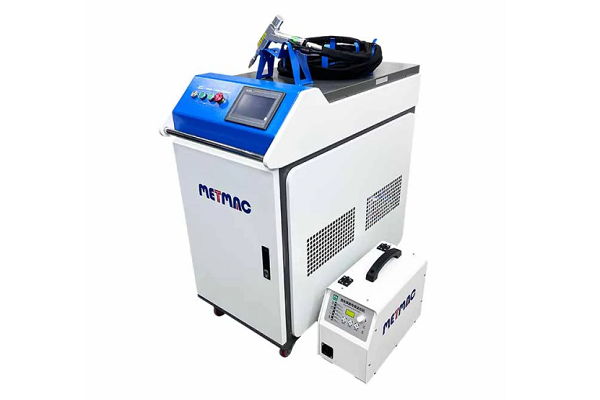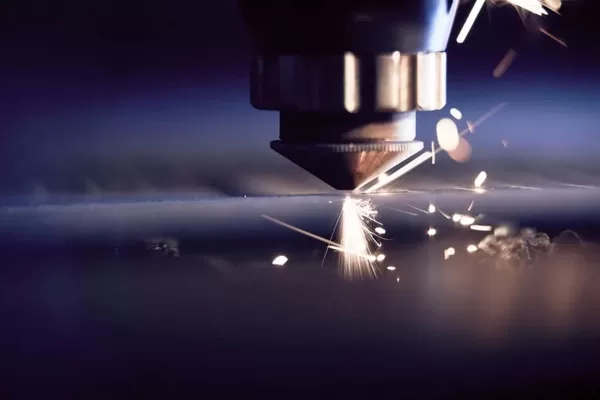
Future Trends in Roll Forming Technology
- By:Metmac
- 2024-06-24
- 67
Roll forming, a versatile manufacturing process, has revolutionized the production of complex metal profiles. As technology advances, the future holds exciting innovations that will redefine the capabilities of roll forming technology.
Advanced Machinery and Automation
State-of-the-art machinery with advanced automation features will drive future roll forming advancements. These machines will incorporate sensors, feedback loops, and artificial intelligence (AI) to optimize process parameters, reduce downtime, and improve product quality. AI-powered systems will analyze production data to identify trends, predict anomalies, and automatically adjust machine settings.
High-Strength Materials and Advanced Coatings
Emerging high-strength materials, such as advanced alloys and composites, will enable the production of lighter yet stronger profiles. These materials will expand the range of applications for roll-formed products in industries like automotive, construction, and aerospace. Similarly, advanced coatings, including corrosion-resistant and antimicrobial treatments, will enhance the durability, longevity, and hygiene of roll-formed components.
Innovative Profile Designs
Novel profile designs will emerge to meet the evolving demands of various industries. Complex geometries, variable cross-sections, and micro-features will become possible with the advancement of roll forming technology. This will open up opportunities for highly customized and functional products, from lightweight structural components to intricate medical devices.
Sustainable Manufacturing
Sustainability will play a key role in the future of roll forming. Machines with energy-efficient designs and improved material utilization will reduce environmental impact. The use of recycled and eco-friendly materials will further enhance the sustainability credentials of roll-formed products. Additionally, automated process monitoring and data collection will enable manufacturers to optimize production and minimize waste.
Digitalization and Connectivity
Digitalization will transform roll forming into a connected and data-driven industry. Cloud-based platforms will provide real-time production monitoring, remote diagnostics, and predictive maintenance. This connectivity will allow manufacturers to improve efficiency, reduce costs, and make informed decisions based on real-time data.
Conclusion
The future of roll forming technology is shaped by advancements in machinery, materials, design, sustainability, and digitalization. Advanced automation, high-performance materials, innovative profiles, eco-friendly manufacturing practices, and data-driven connectivity will drive the industry towards new heights of productivity, efficiency, and product innovation. As these technologies evolve, roll forming will continue to play a crucial role in the production of complex, high-quality metal profiles for a wide range of industries.
-
The Advantages of Using a Sheet Roll Forming Machine in Manufacturing
2024/09/14 -
How to Optimize Your Laser Sheet Cutting Machine for Maximum Performance
2024/09/12 -
How to Maximize Efficiency with Modern Sheet Metal Working Machines
2024/09/04 -
The Environmental Benefits of Using Duct Board Grooving Machines
2024/09/03
-
A Guide to the Latest Innovations in Sheet Metal Folding Machines
2024/11/29 -
Key Features to Consider When Investing in a Sheet Metal Folding Machine
2024/11/28 -
Enhancing Precision with Advanced Sheet Metal Folding Machines
2024/11/27 -
How to Choose the Right Sheet Metal Folding Machine for Your Workshop
2024/11/26



